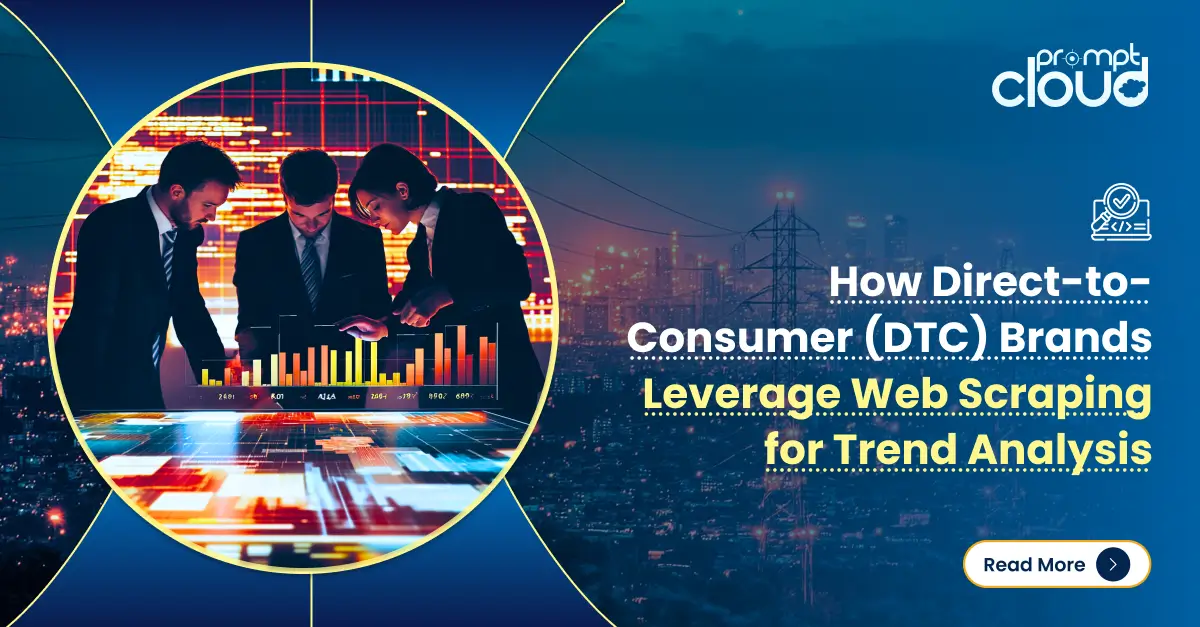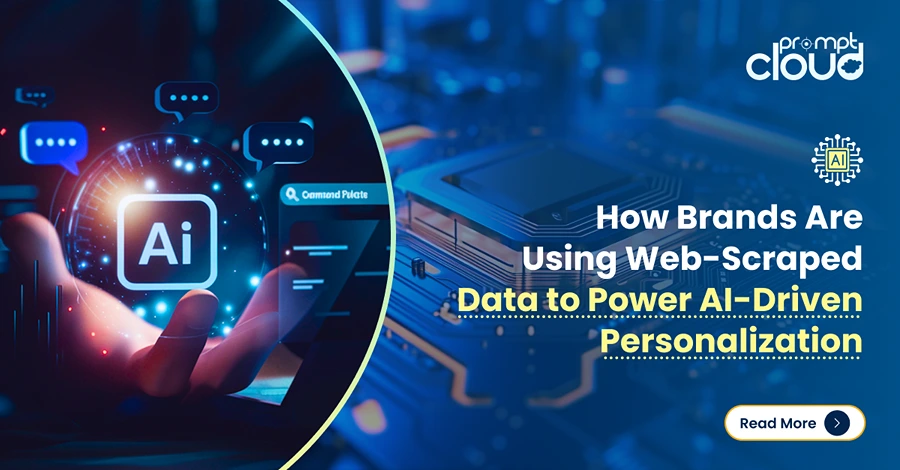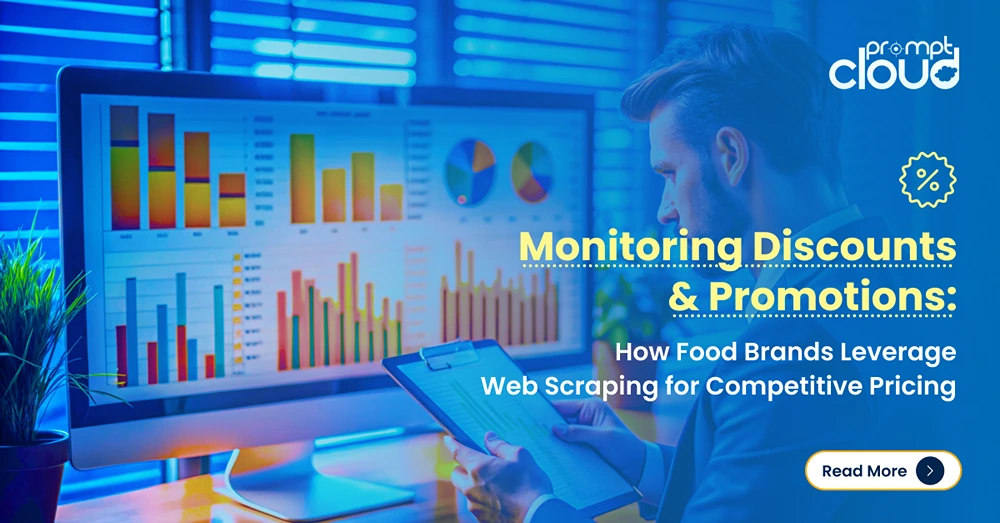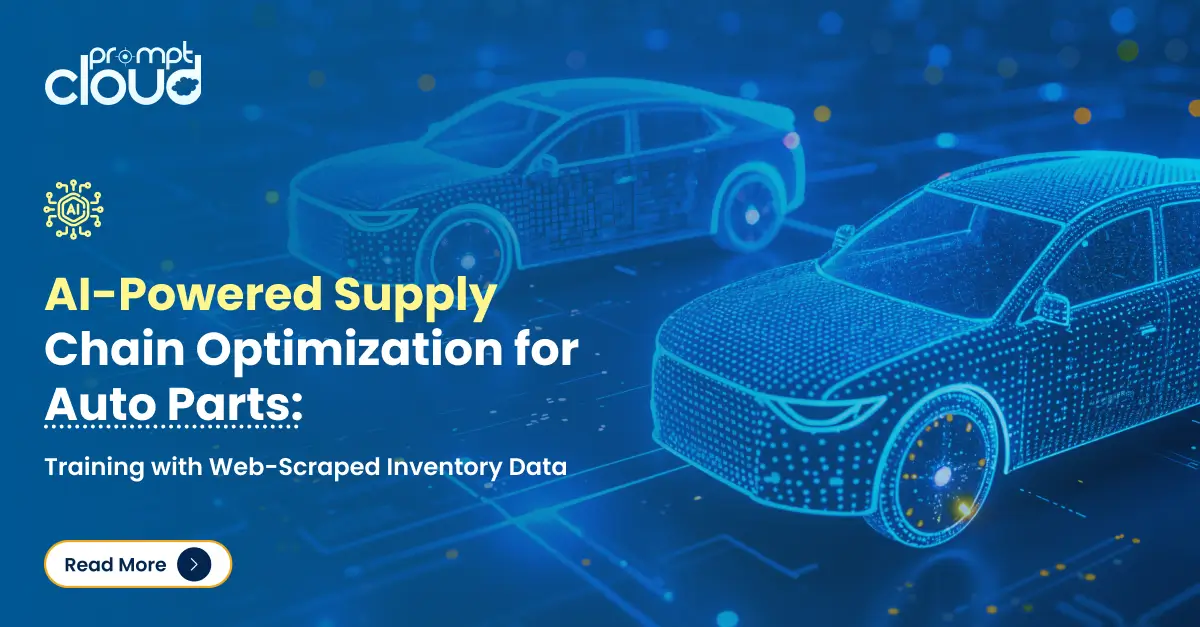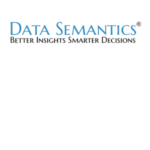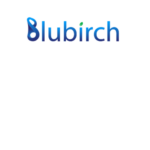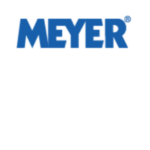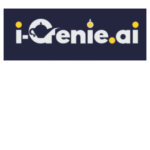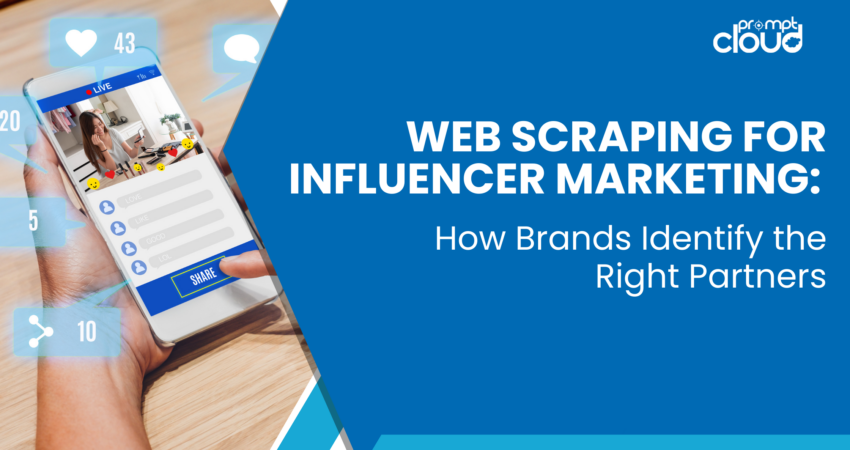
In today’s digital landscape, influencer marketing has become a vital strategy for brands looking to connect with their target audience in authentic and impactful ways. However, the success of influencer marketing hinges on one crucial factor: finding the right influencers. This is where web scraping and influencer data come into play, revolutionizing how brands identify and analyze potential partners.

Source: squarelovin
In this article, we’ll explore how web scraping can empower brands to leverage influencer data effectively, conduct comprehensive influencer analysis, and utilize influencer data analysis tools to make informed decisions that drive conversions.
Why is Influencer Data Important in Marketing?
Influencer marketing has rapidly evolved from a trendy buzzword to a cornerstone of many brands’ digital marketing strategies. At its core, influencer marketing is more than just partnering with popular social media personalities; it’s about crafting authentic, meaningful connections that resonate deeply with your target audience. To achieve this, brands need to go beyond surface-level metrics like follower count and likes. The real power lies in influencer data -the rich insights that reveal the true impact an influencer can have on your brand.
Influencer data encompasses a wide range of metrics that can offer a comprehensive view of an influencer’s potential. These insights include:
- Reach: The number of unique users who view an influencer’s content, giving you an idea of the potential exposure your brand could gain.
- Engagement: Metrics such as likes, comments, shares, and clicks that indicate how actively an influencer’s audience interacts with their content. High engagement often suggests a loyal and invested follower base.
- Audience Demographics: Information about the age, gender, location, interests, and behavior of an influencer’s followers. This data is crucial for ensuring that the influencer’s audience aligns with your brand’s target demographic.
- Content Performance: Analysis of past posts to identify which types of content (videos, images, stories, etc.) perform best, helping you tailor your campaigns for maximum impact.
- Brand Mentions and Sentiment: How frequently and in what context an influencer mentions brands, and the sentiment (positive, negative, or neutral) behind these mentions. This can indicate an influencer’s authenticity and influence on consumer perception.
However, the challenge many brands face is the sheer volume of data that needs to be gathered to make informed decisions. With influencers operating across multiple platforms – Instagram, YouTube, Twitter, TikTok, and more – manually collecting, organizing, and analyzing this data is not only time-consuming but also prone to errors. This is where the power of web scraping comes into play.
How to Use Web Scraping for Influencer Data Collection?
Web scraping is a technique that automates the process of extracting data from websites and online platforms. For influencer marketing, this means that brands can use web scraping tools to automatically collect influencer data from various social media platforms. This automation allows brands to:
- Save Time: Instead of manually tracking influencer performance across different platforms, web scraping tools can do it in a fraction of the time, allowing marketers to focus on strategy and execution.
- Access Real-Time Data: Web scraping can be set up to continuously monitor and update influencer data, ensuring that the information you’re using is always current and reflective of the latest trends.
- Analyze Competitively: With the ability to scrape data from multiple influencers simultaneously, brands can compare metrics across different potential partners, helping them identify the best fit for their campaign.
- Uncover Hidden Opportunities: Web scraping can reveal up-and-coming influencers who may not yet be on your radar but have the potential to be powerful brand advocates.
In addition to gathering basic metrics, advanced web scraping techniques can also be used to collect deeper insights, such as audience sentiment analysis, content categorization, and historical performance trends. These insights provide a holistic view of an influencer’s potential to drive results for your brand, allowing you to make more informed, data-driven decisions.
Ultimately, leveraging influencer data through web scraping empowers brands to move beyond guesswork and intuition, enabling a more strategic approach to influencer marketing. By automating the collection and analysis of this critical data, brands can ensure they are collaborating with the right influencers – those who not only have the reach but also the authentic connection with an audience that will drive real, measurable results.
Influencer Analysis: Making Sense of the Data
Once the influencer data is collected through web scraping, the next step is influencer analysis. This process involves digging deep into the data to identify patterns, trends, and key metrics that can help brands make informed decisions.
Influencer analysis can help brands:
- Identify High-Performing Influencers: By analyzing engagement rates, follower growth, and content performance.
- Evaluate Authenticity: By looking for inconsistencies in engagement metrics that may indicate fake followers or bot activity.
- Match Influencers with Campaign Goals: By understanding which influencers are most likely to drive conversions for specific campaigns.
By leveraging web scraping for influencer data, brands can carry out a more thorough and accurate influencer analysis, ensuring they partner with influencers who can deliver real value.
Influencer Data Analysis Tools: Enhancing Your Strategy
To fully harness the power of influencer data, brands should consider using influencer data analysis tools. These tools can automate and enhance the analysis process, providing deeper insights and predictive analytics.
Some key features of influencer data analysis tools include:
- Sentiment Analysis: Understanding how the influencer’s audience perceives their content.
- Audience Overlap Analysis: Identifying influencers who share a similar audience, which can be crucial for cross-promotional campaigns.
- Predictive Analytics: Forecasting the potential impact of a partnership with a particular influencer.
By integrating these tools with web scraping, brands can transform raw influencer data into actionable insights, refining their influencer marketing strategy for maximum impact.
Conclusion: Converting Data into Success
In the fast-paced world of digital marketing, data-driven decisions are the key to success. By utilizing web scraping to gather influencer data and conducting comprehensive influencer analysis with the help of advanced influencer data analysis tools, brands can ensure they choose the right influencers to represent their brand.
The result? More effective campaigns, stronger audience connections, and higher conversion rates. As influencer marketing continues to evolve, the brands that harness the power of influencer data will be the ones that stay ahead of the curve and drive real results.
For social media scraping requirements, schedule a demo.











